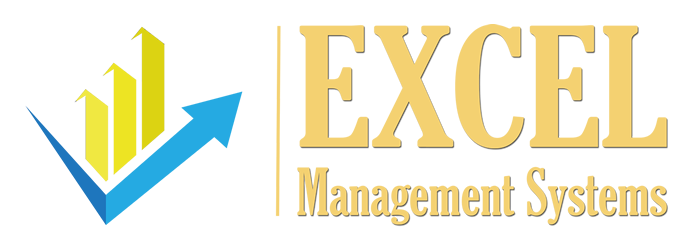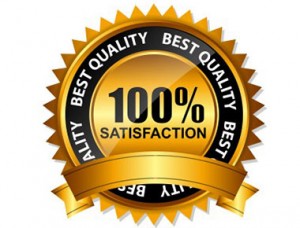Using Risk Management To Make Your Business Stand Out
Risk management and cost of capital go hand in hand. In fact, risk management is really based on your understanding of key elements of risk that a business must face. The cost of capital should reflect your risk appetite and the specific company risk. For some, the margin is very low, which means that any investments they make have to be limited to affordable low-risk options. For others, the risk appetite is great enough that some chances can be taken with more expensive ventures, as long as the long term risk issues can be identified and managed.
If you are looking for investors, then you need to identify and mitigate risks and their consequences. You have a great product and you have a plan for the production of the product, but the cost is too much for you to bear alone then an investor or bank is needed. If you are a relatively new company then investors are your only option for capital. You want to present your case to your potential investors with clear risk elements defined and how you plan to protect your company from them.
Your potential investors may have a larger risk appetite than you do, but they still want to see how your company risk compares to the company’s associated cost of capital vs. the cost of capital for their current investments. This means you have to have a knowledge of their finances and investments as well as current rates of interest and depreciation. If you really want to get them in your pocket, you are going to have to show investors why the cost of capital for your product is going to be less than other options on the market. In other words, your product has to have the potential to make them more money and cost them less than their current numbers show. To give investors an enticing set of numbers, your business is going to need a solid financial plan. Many organizations are now gravitating towards intelligent financial modeling software like Synario to help them gain advanced insight and analysis into their finances meaning that they can plan around an uncertain future for the brightest outcome.
Some typical business and product risks include:
- Is it a New Combination?
- Is there a Product-Market Match?
- Is there a Net-Buyer Benefit?
- Are there Margins?
- Is Volume Sufficient?
- Is it Repetitive?
- Is there a Long-Term Need?
- Are Resources Sufficient?
- Is it Non-reproducible by competitors?
- Is it Non-Substitutable?
- Is there No Slack?
- Is there No Holdup?
- Is Uncertainty Minimized?
- Is Ambiguity Reduced?
- What is the Level of your Management Team Core Competency?
If you really want to get them in your pocket, you are going to have to show investors why the cost of capital for your product is going to be less than other options on the market.
ABOUT DALE S. RICHARDS:
Dale S. Richards specializes in management, marketing, operation optimization & business valuation consulting and is a 30+ year turnaround expert. He has implemented success concepts into results in 150+ companies. Dale is a Certified Valuation Analyst (CVA) with NACVA, Eight-Year Vistage Chair & International Speaker.




